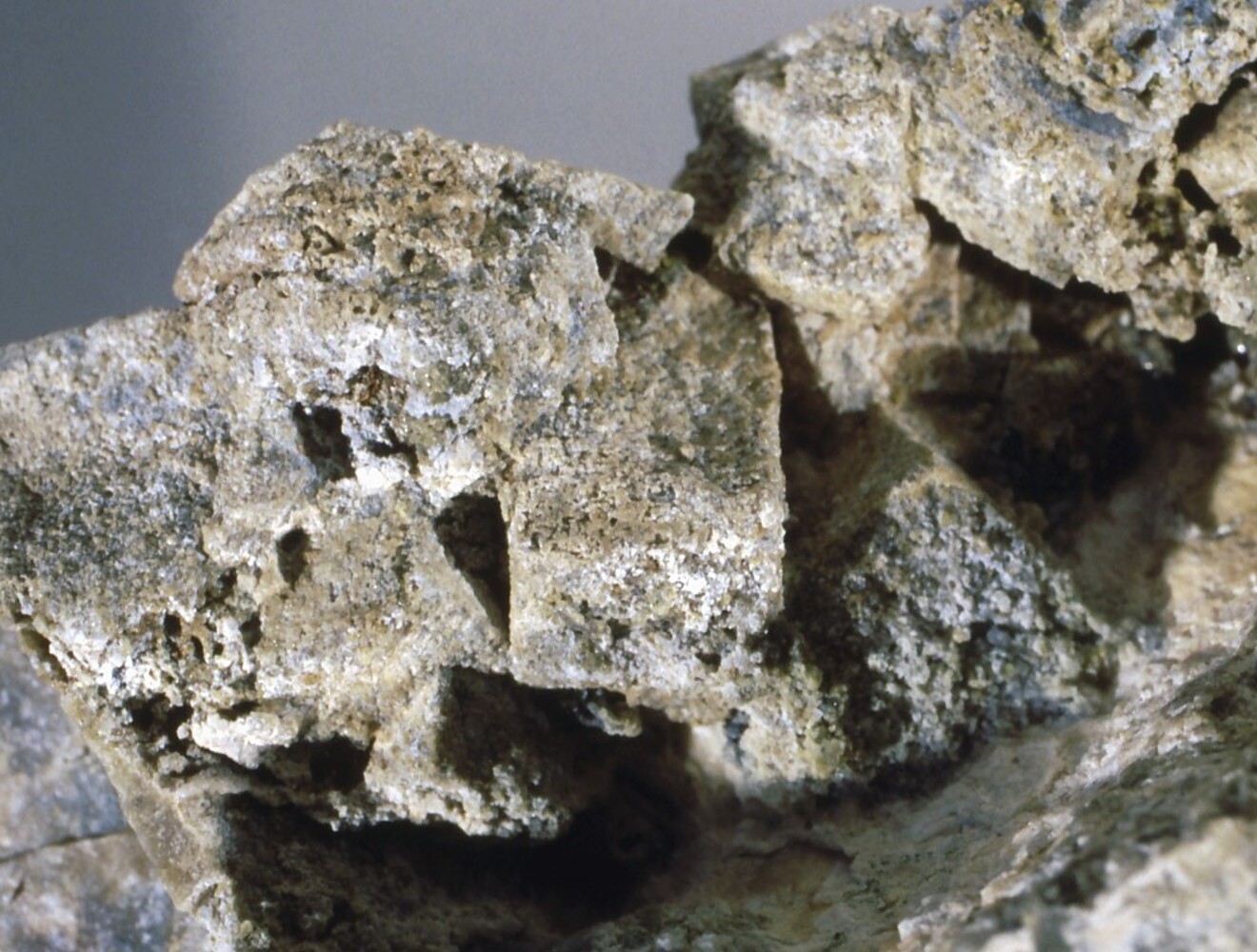
Bicchulite might sound like a rare gem, but it's actually a fascinating mineral with some unique properties. Found in metamorphic rocks, this mineral is known for its distinct blue hue and glassy appearance. Bicchulite is primarily composed of calcium, aluminum, and silicon, making it a member of the garnet group. What makes it stand out? Its formation process involves high-pressure conditions, often deep within the Earth's crust. This mineral isn't just a pretty face; it has practical uses too. From geological studies to industrial applications, Bicchulite plays a significant role. Ready to learn more? Here are 30 intriguing facts about this captivating mineral.
Key Takeaways:
- Bicchulite is a rare and fascinating mineral with unique properties, primarily found in Japan. Its hardness, luster, and historical significance make it a valuable subject for scientific research and mineral collections.
- Despite its rarity, bicchulite has limited commercial uses but is highly prized by collectors. Its formation process and unique properties provide insights into geological processes, making it a valuable tool for education and research in the field of earth sciences.
What is Bicchulite?
Bicchulite is a rare mineral that fascinates geologists and mineral enthusiasts alike. Found in specific geological settings, this mineral has unique properties and a rich history. Let's dive into some intriguing facts about bicchulite.
-
Bicchulite is a rare silicate mineral. It belongs to the garnet group and has a complex chemical composition, primarily consisting of calcium, aluminum, and silicon.
-
The mineral was first discovered in Japan. Specifically, it was found in the Bicchu region of Okayama Prefecture, which is how it got its name.
-
Bicchulite forms in skarns. Skarns are metamorphic rocks that form at the contact zone between igneous intrusions and carbonate sedimentary rocks.
-
It has a unique crystal structure. Bicchulite crystals are typically isometric, meaning they have equal dimensions along all axes.
-
The mineral is usually colorless or white. However, impurities can sometimes give it a light yellow or greenish tint.
Physical Properties of Bicchulite
Understanding the physical properties of bicchulite can help in identifying and studying this mineral. Here are some key characteristics.
-
Bicchulite has a Mohs hardness of 6.5 to 7. This makes it relatively hard, similar to quartz.
-
Its specific gravity ranges from 3.4 to 3.6. This indicates that bicchulite is denser than many common minerals.
-
The mineral exhibits a vitreous luster. This means it has a glass-like appearance when light reflects off its surface.
-
Bicchulite has a conchoidal fracture. When broken, it tends to fracture in a smooth, curved manner, similar to glass.
-
It is transparent to translucent. Light can pass through bicchulite, making it appear clear or slightly cloudy.
Chemical Composition and Formation
The chemical makeup and formation process of bicchulite are equally fascinating. Let's explore these aspects.
-
Bicchulite's chemical formula is Ca2Al(AlSiO7)(OH). This complex formula highlights its silicate nature.
-
The mineral forms under high-temperature conditions. Typically, it forms in environments with temperatures exceeding 500°C.
-
Bicchulite often coexists with other minerals. Common associates include garnet, vesuvianite, and wollastonite.
-
It can contain trace elements. Elements like iron, magnesium, and manganese can be present in small amounts.
-
Bicchulite is stable in a narrow range of conditions. It requires specific temperature and pressure conditions to form and remain stable.
Historical and Geographical Significance
Bicchulite's discovery and geographical distribution add another layer of interest. Here are some historical and geographical facts.
-
The first documented discovery was in 1939. Japanese mineralogist Ken-ichi Sugi first identified bicchulite.
-
Bicchulite is primarily found in Japan. However, small deposits have also been reported in Italy and the United States.
-
It is named after its type locality. The Bicchu region in Japan is the namesake of this mineral.
-
The mineral is not commercially mined. Due to its rarity, bicchulite is mainly of interest to collectors and researchers.
-
Bicchulite samples are often kept in museums. Institutions like the National Museum of Nature and Science in Tokyo have specimens on display.
Uses and Applications
While bicchulite is not widely used in commercial applications, it has some specialized uses and significance.
-
Bicchulite is valuable for scientific research. Its unique properties make it a subject of study in mineralogy and geology.
-
It is used in educational settings. Universities and colleges use bicchulite samples for teaching mineral identification and classification.
-
Collectors highly prize bicchulite. Due to its rarity, it is a sought-after addition to mineral collections.
-
The mineral can be used in jewelry. Although rare, some bicchulite crystals are cut and polished for use in unique jewelry pieces.
-
Bicchulite helps in understanding geological processes. Studying its formation and occurrence provides insights into high-temperature metamorphic environments.
Fun Facts About Bicchulite
Let's wrap up with some fun and lesser-known facts about bicchulite.
-
Bicchulite is sometimes mistaken for other minerals. Its appearance can resemble that of garnet or vesuvianite.
-
The mineral has no known industrial uses. Its rarity and specific formation conditions limit its practical applications.
-
Bicchulite can fluoresce under UV light. Some specimens exhibit a faint glow when exposed to ultraviolet light.
-
It has a low cleavage. This means bicchulite does not easily split along defined planes, making it more durable.
-
Bicchulite's name is sometimes misspelled. Common misspellings include "Bichulite" and "Bicchulight."
The Fascinating World of Bicchulite
Bicchulite, a rare mineral, holds a unique place in geology. Its distinctive crystal structure and uncommon formation process make it a subject of interest for scientists and collectors alike. Found primarily in contact metamorphic rocks, this mineral showcases the intricate beauty of nature's processes.
Understanding bicchulite's properties, like its hardness and chemical composition, helps researchers uncover the history of Earth's geological activity. Its rarity adds to its allure, making it a prized find for those lucky enough to discover it.
Whether you're a geology enthusiast or just curious about the wonders of the natural world, bicchulite offers a glimpse into the complex and fascinating processes that shape our planet. Keep exploring, and who knows? You might stumble upon your own piece of this remarkable mineral.
Frequently Asked Questions
Was this page helpful?
Our commitment to delivering trustworthy and engaging content is at the heart of what we do. Each fact on our site is contributed by real users like you, bringing a wealth of diverse insights and information. To ensure the highest standards of accuracy and reliability, our dedicated editors meticulously review each submission. This process guarantees that the facts we share are not only fascinating but also credible. Trust in our commitment to quality and authenticity as you explore and learn with us.


